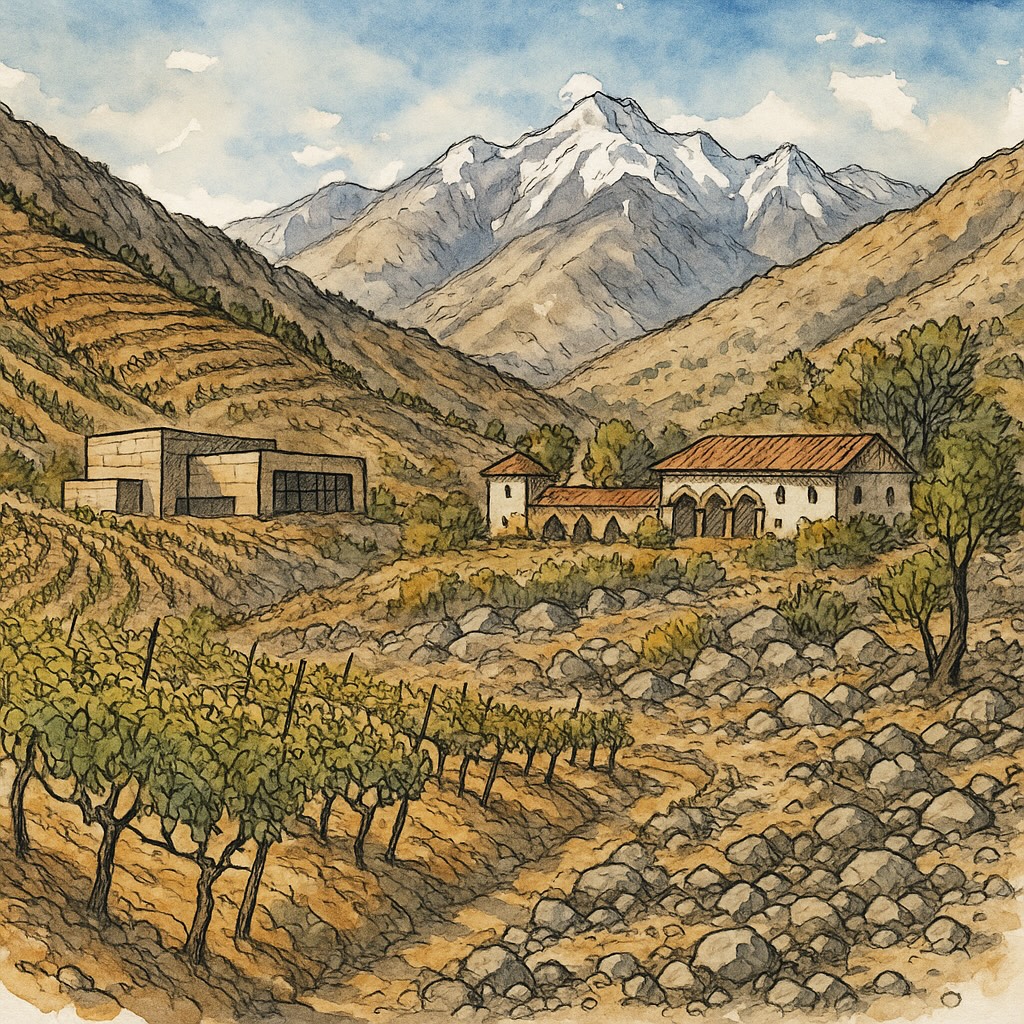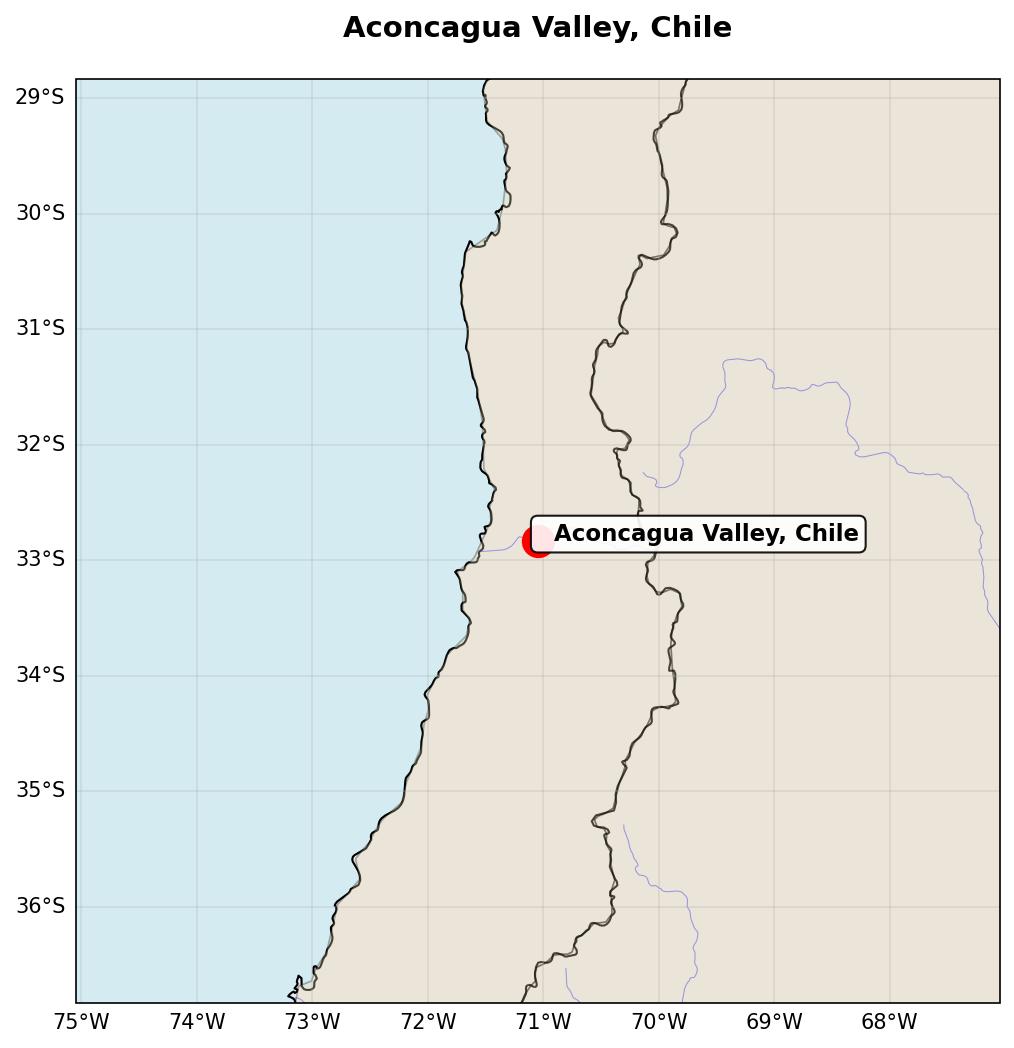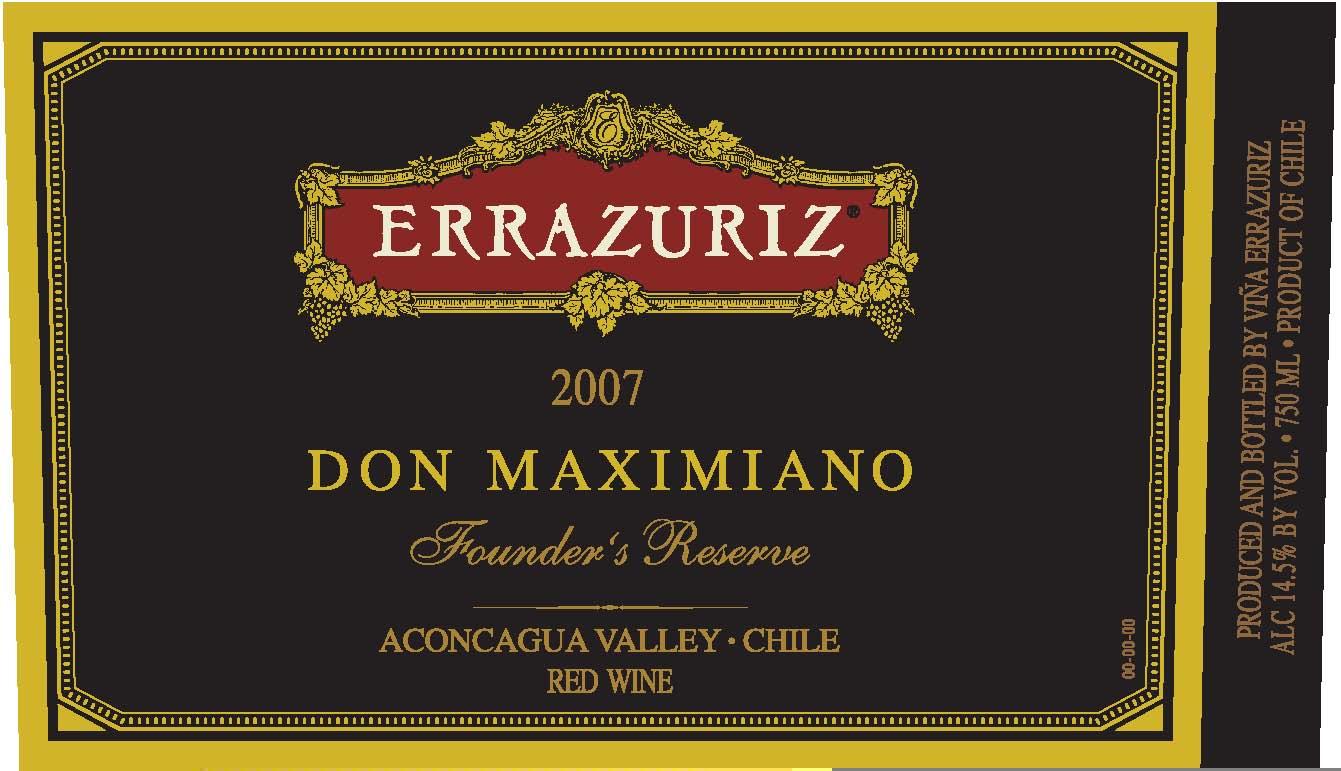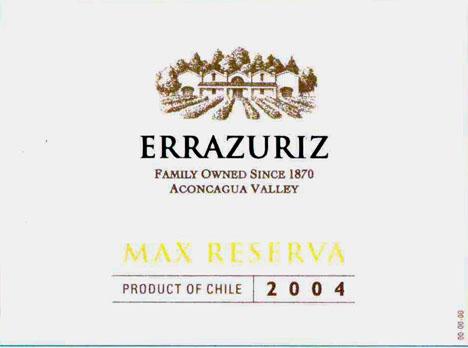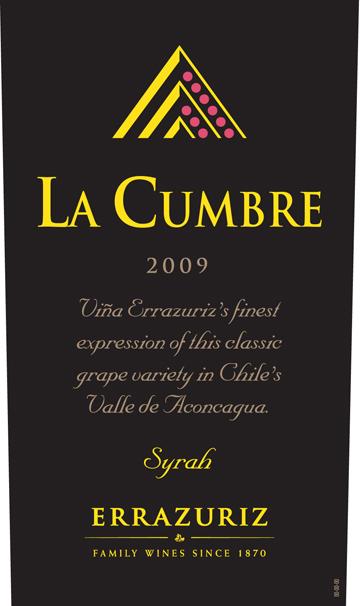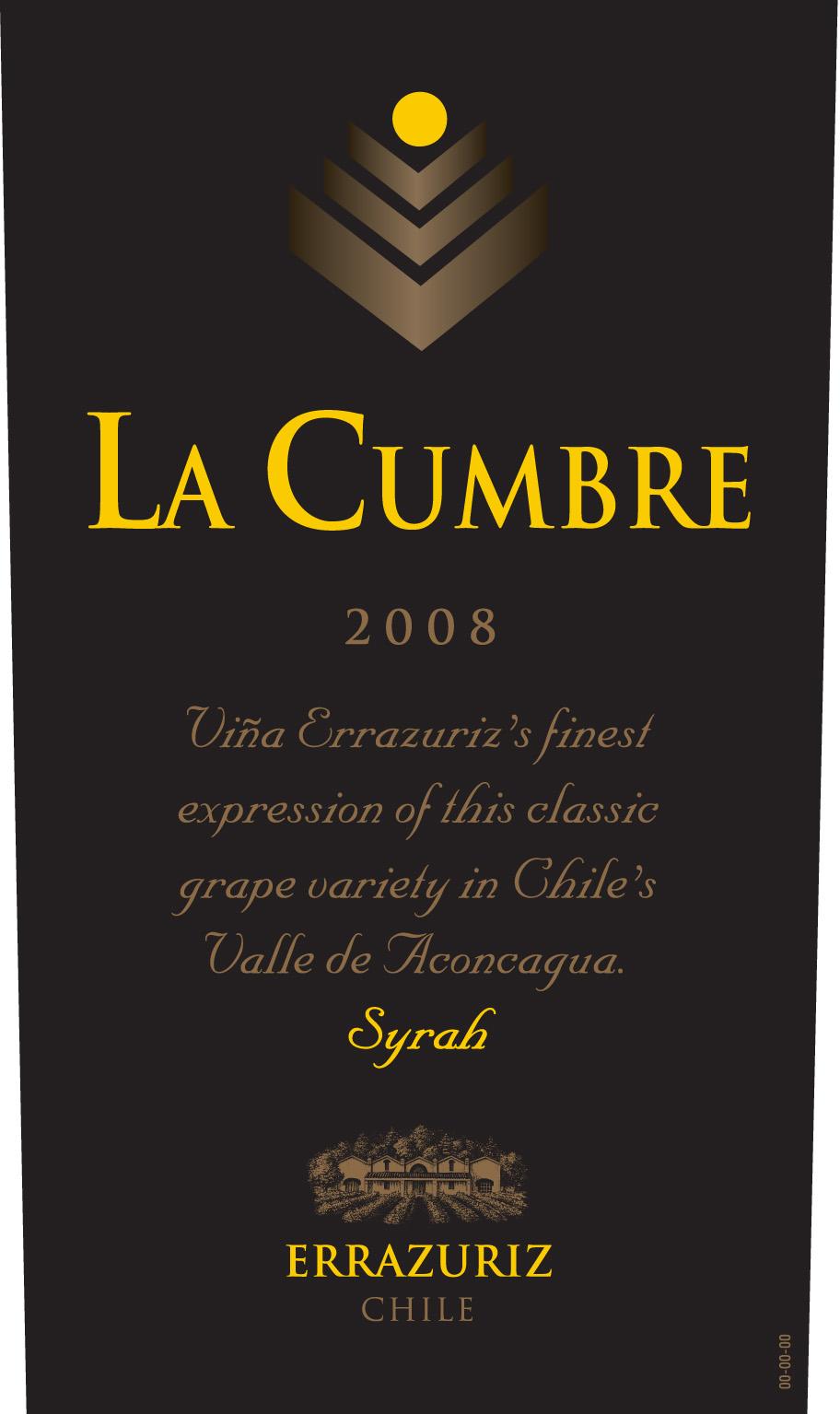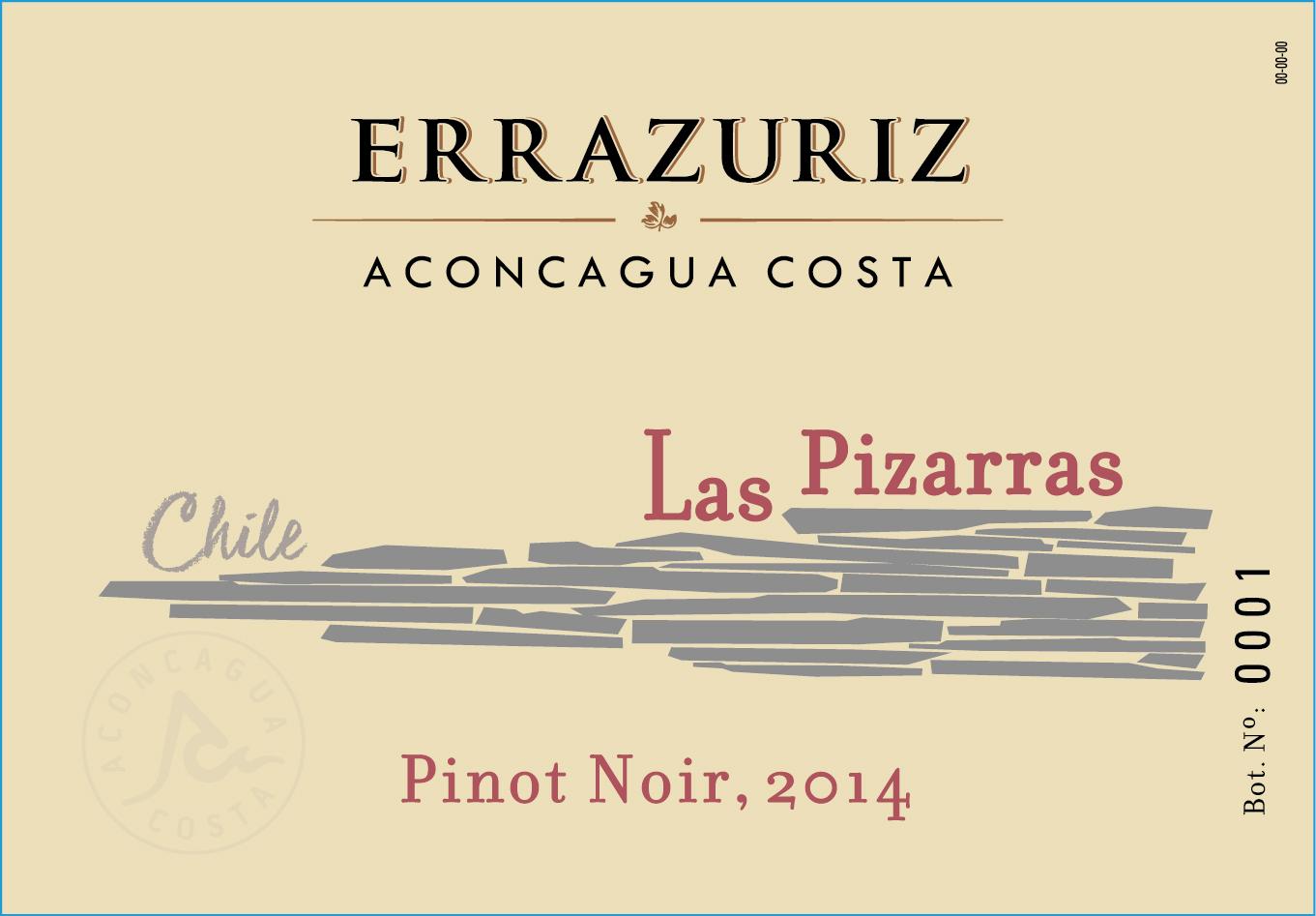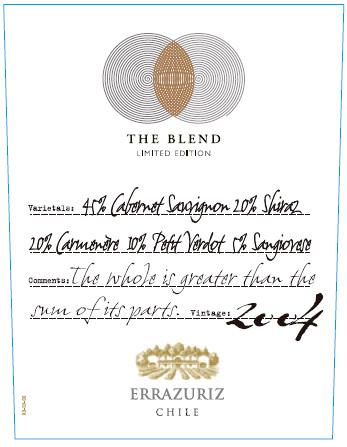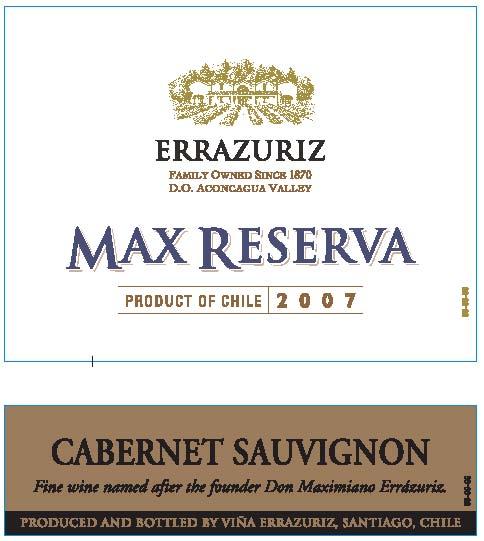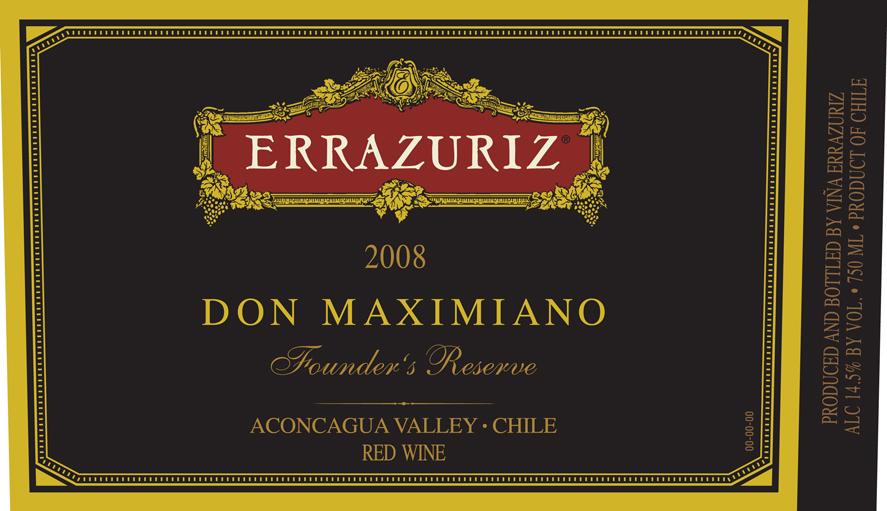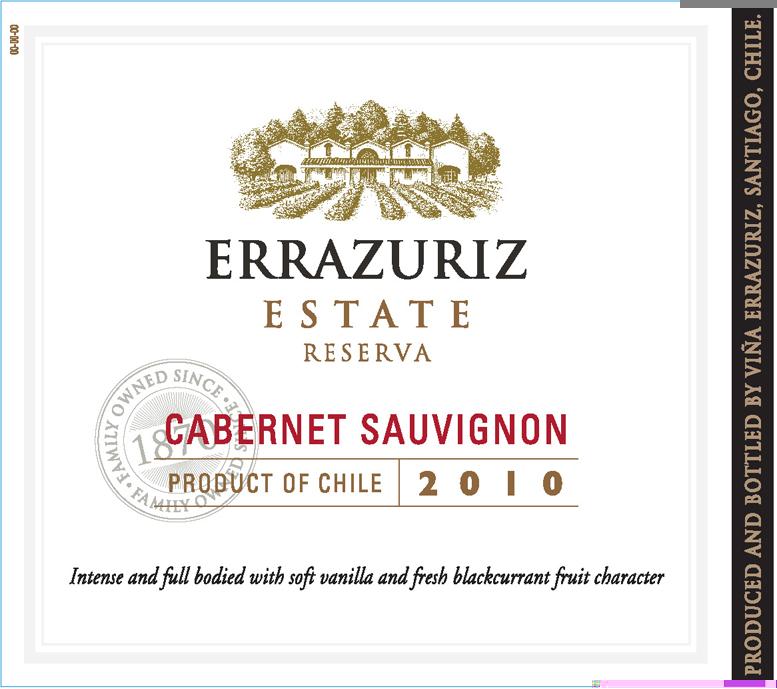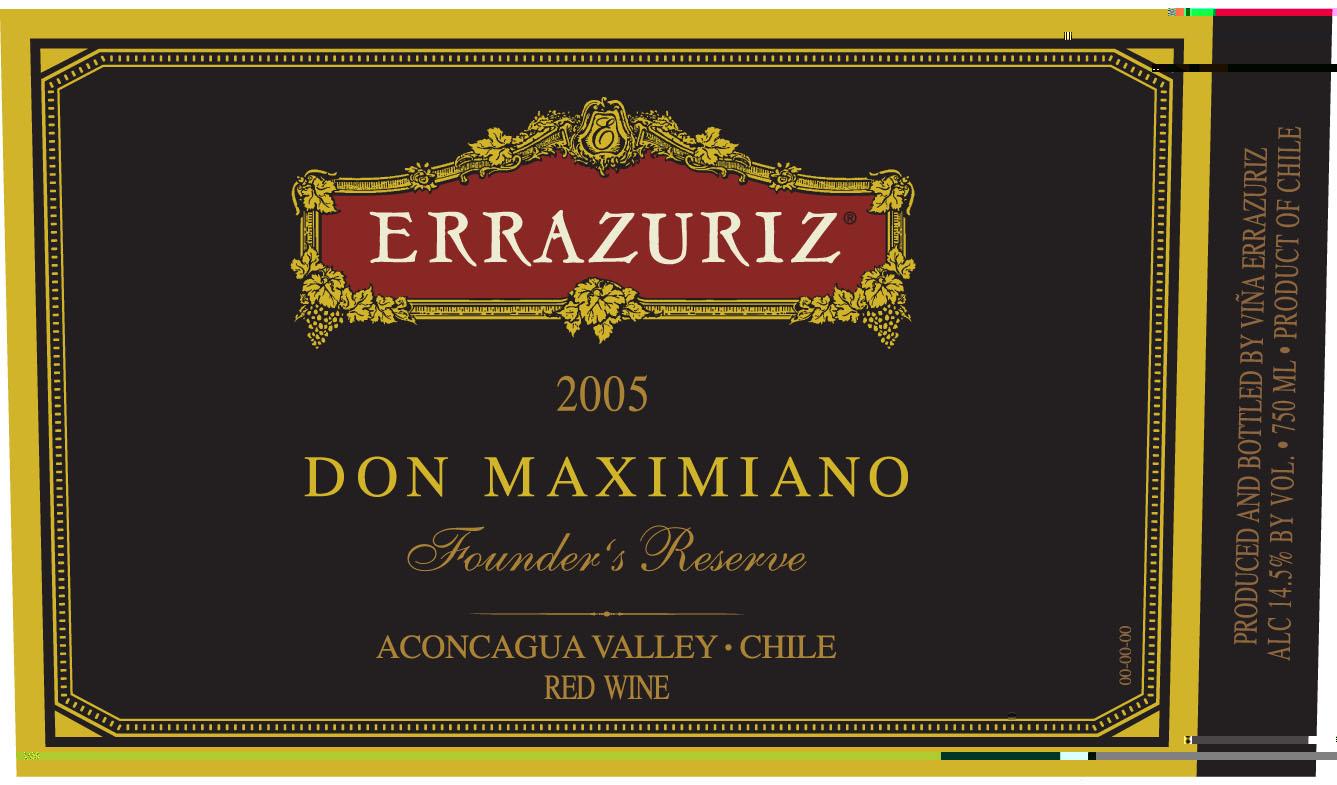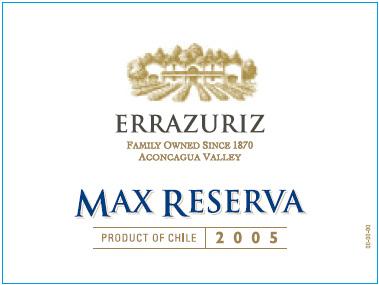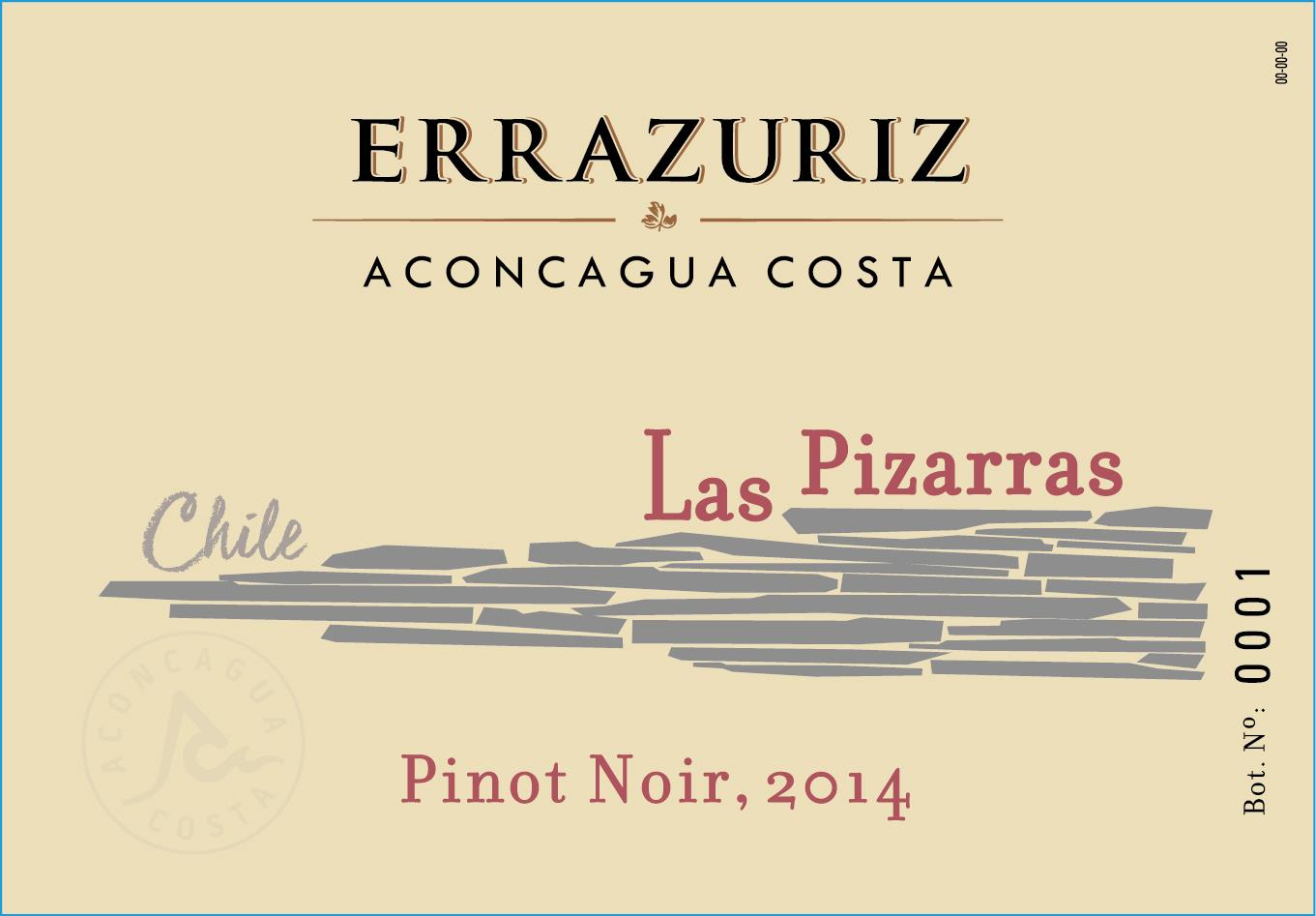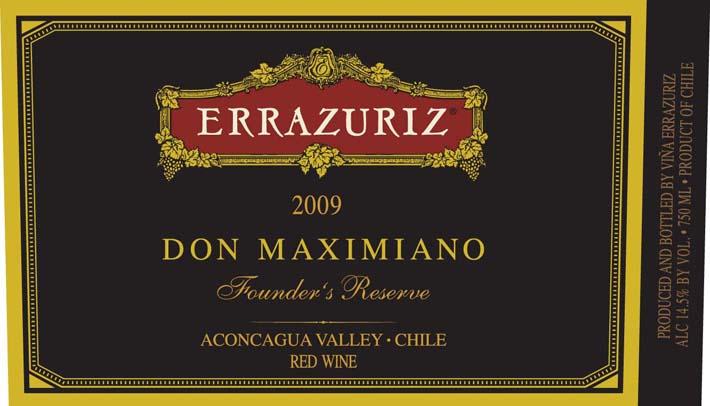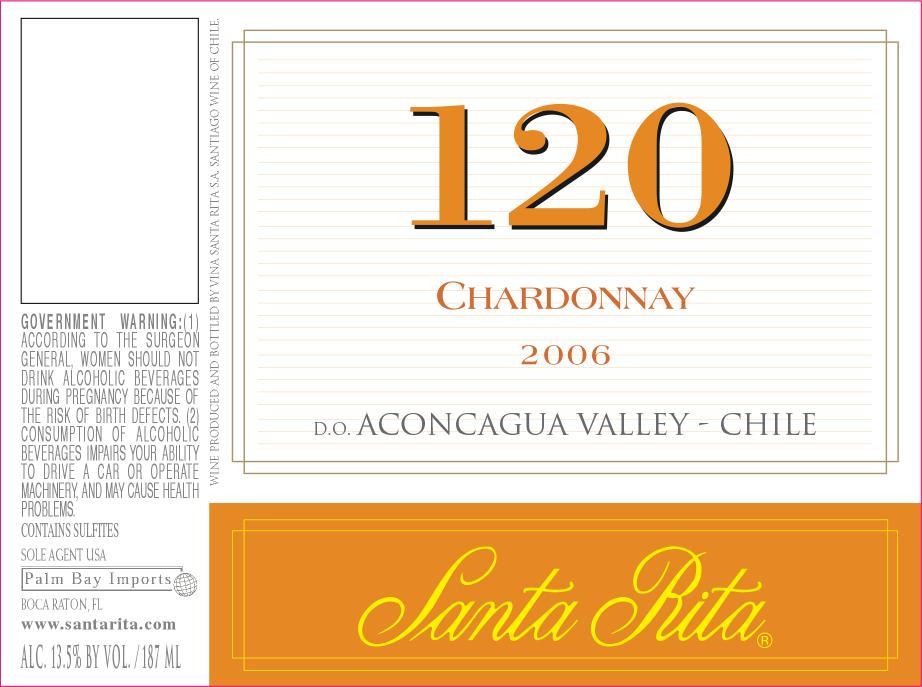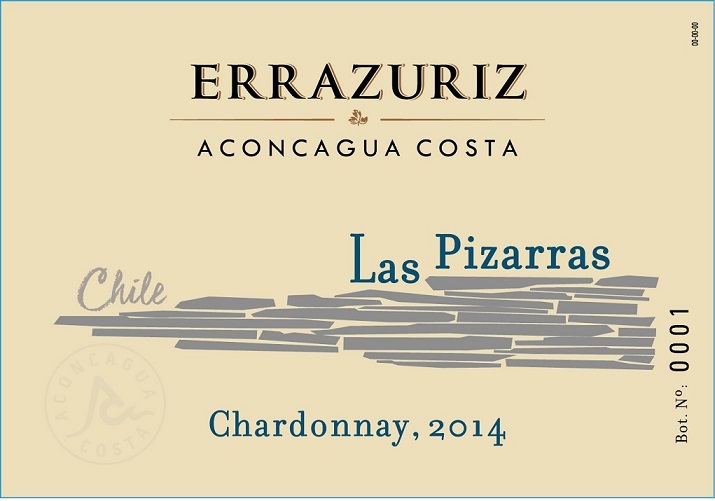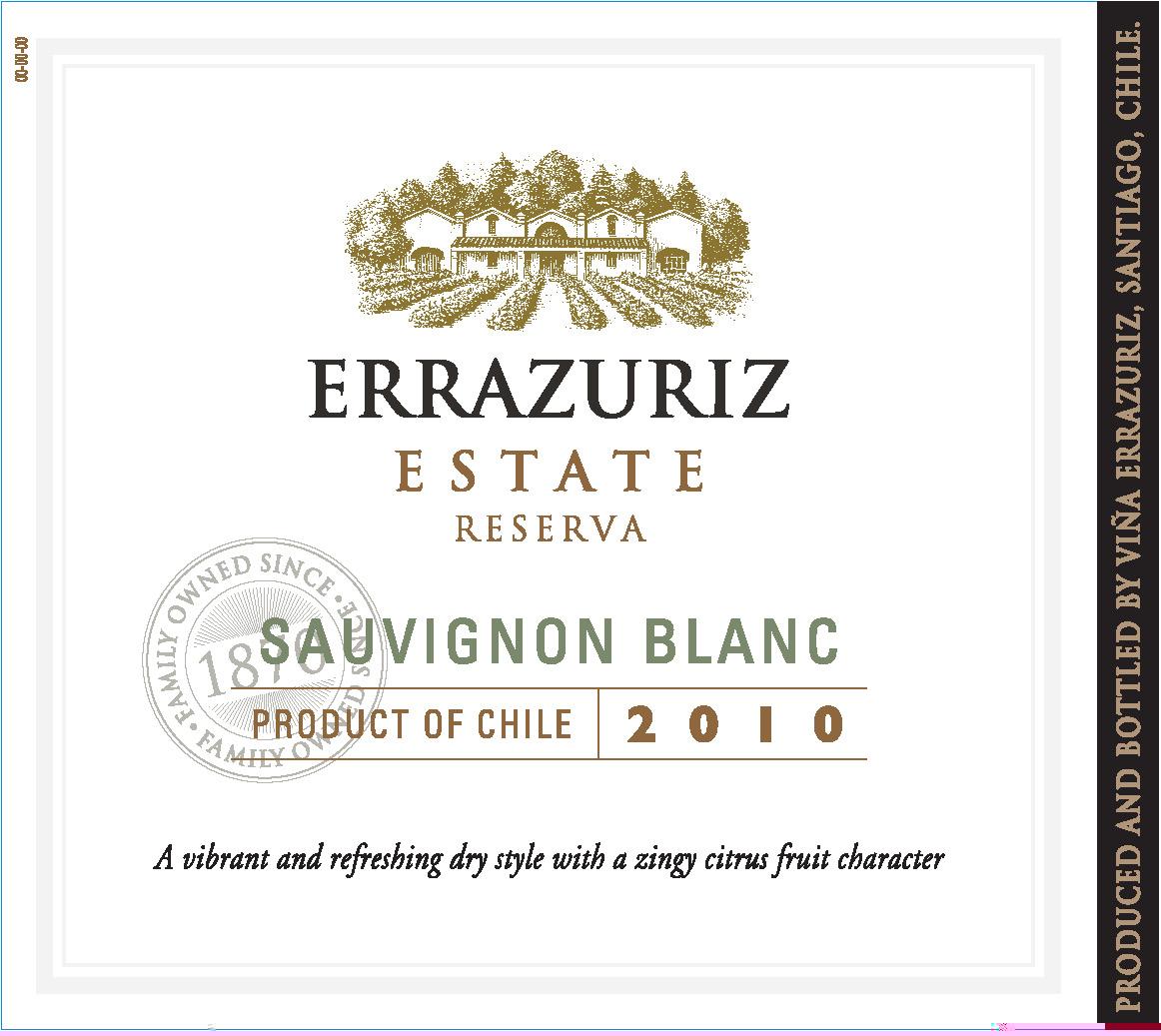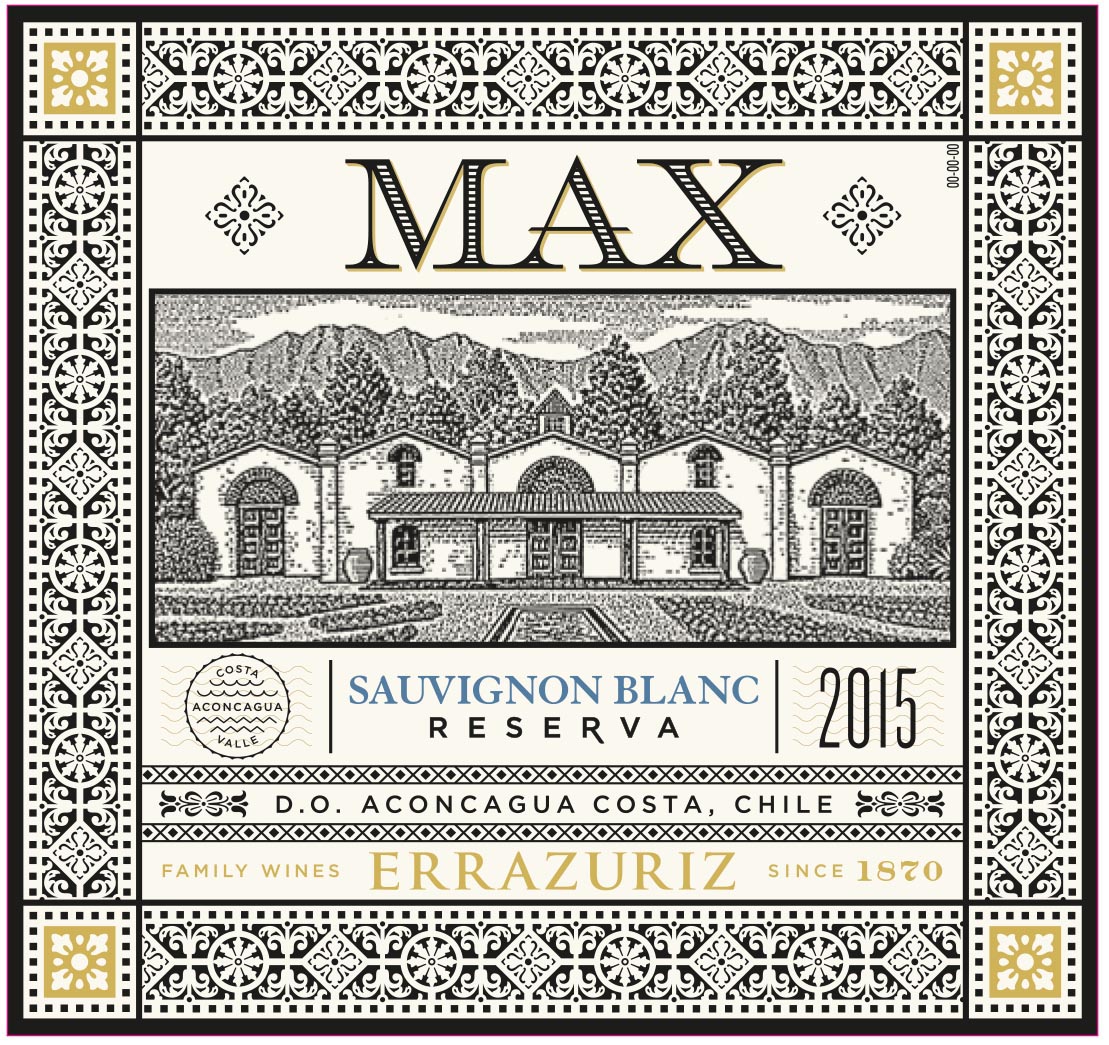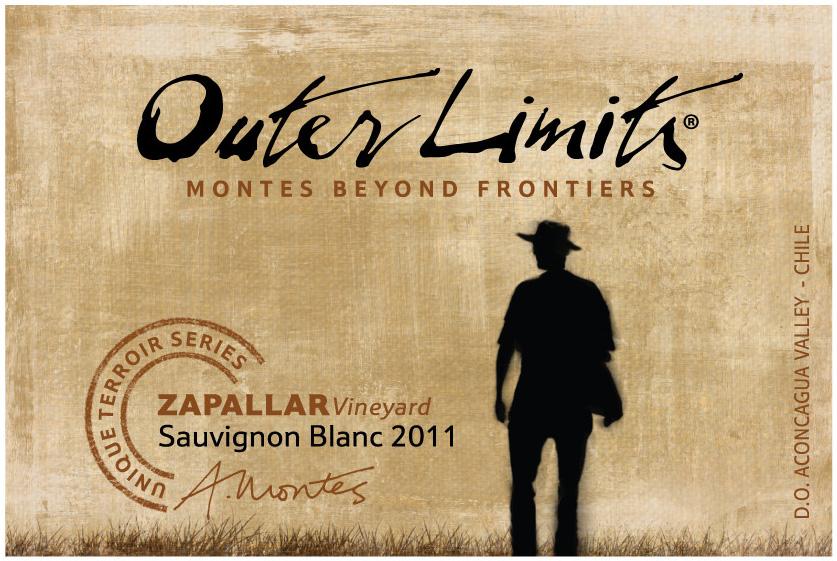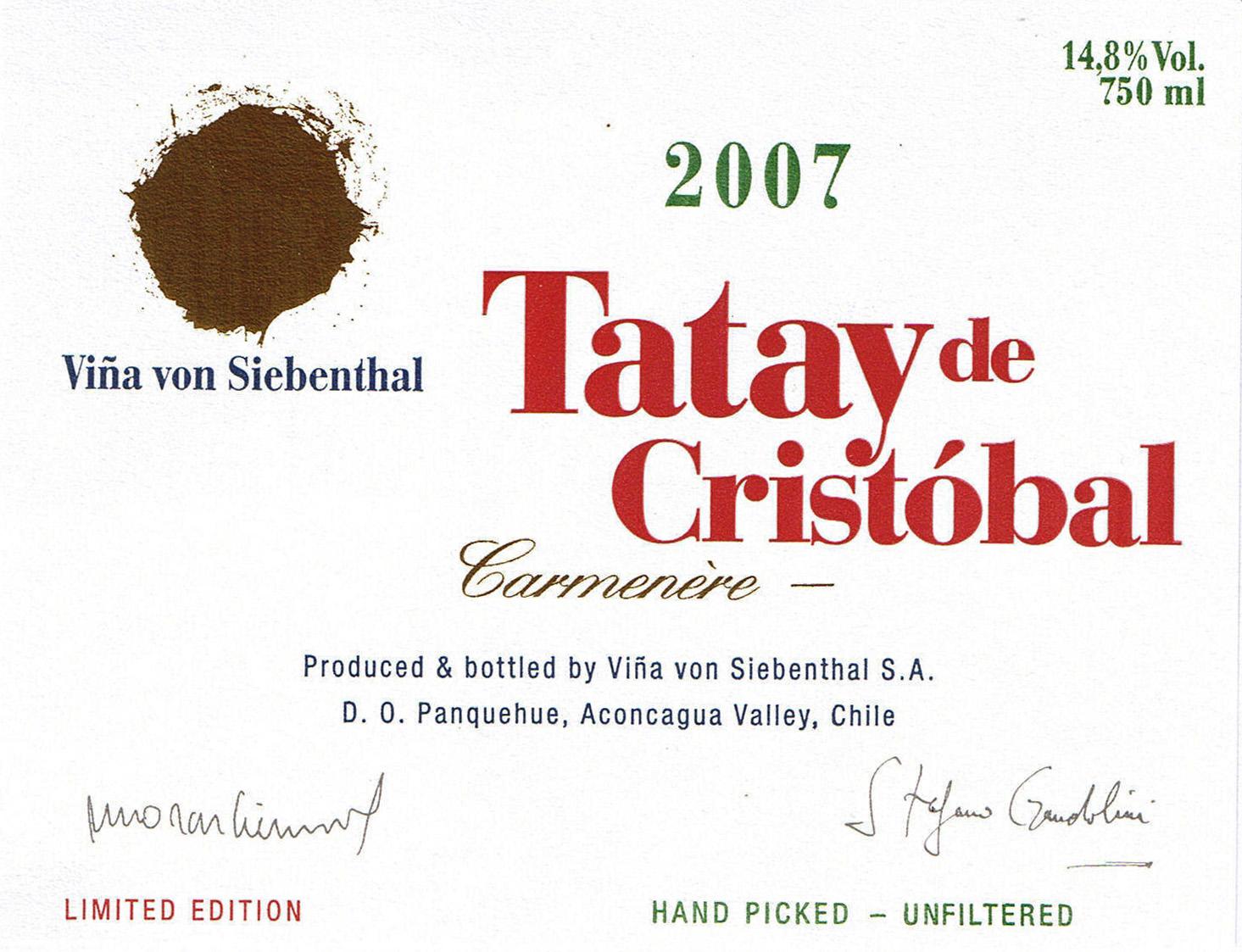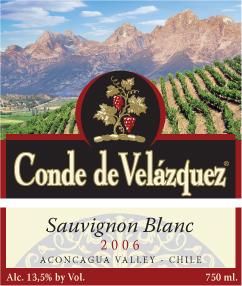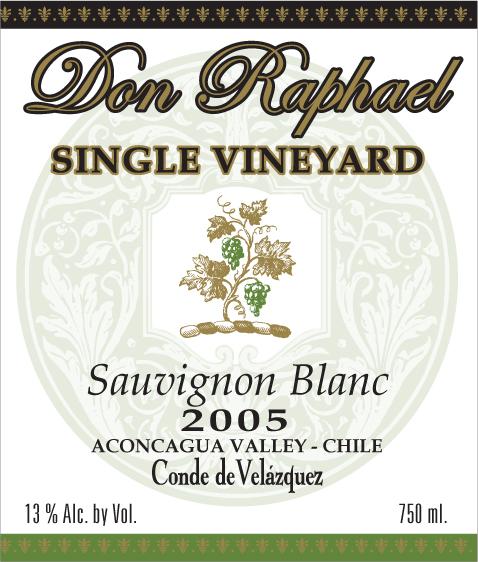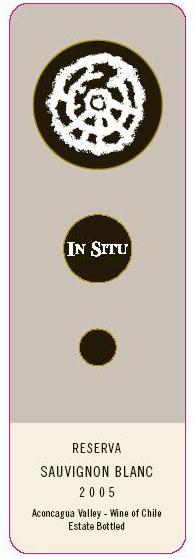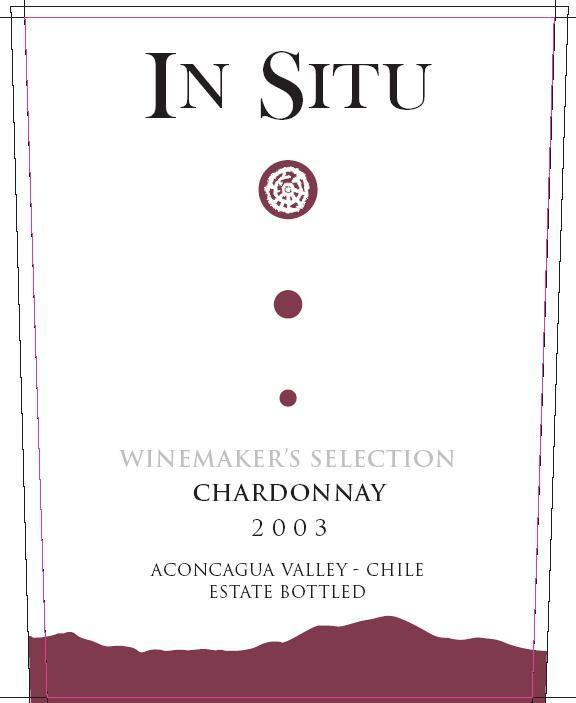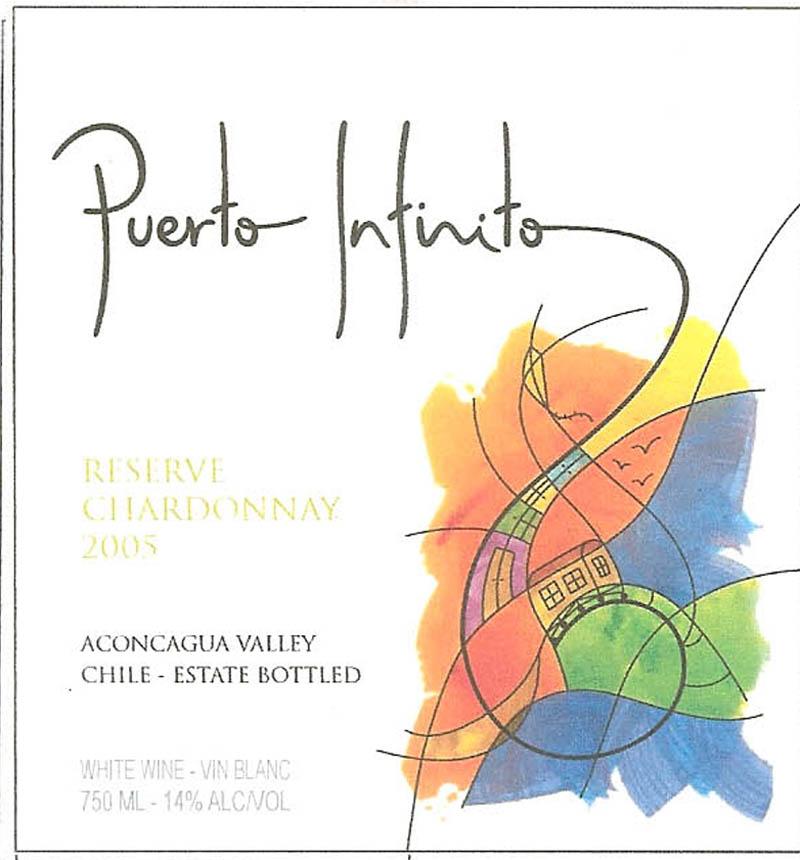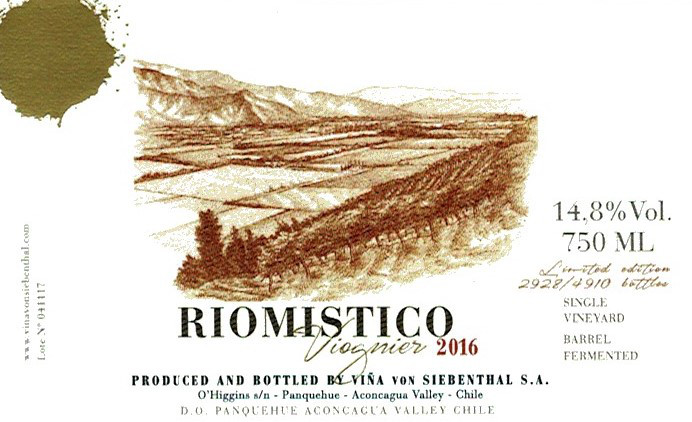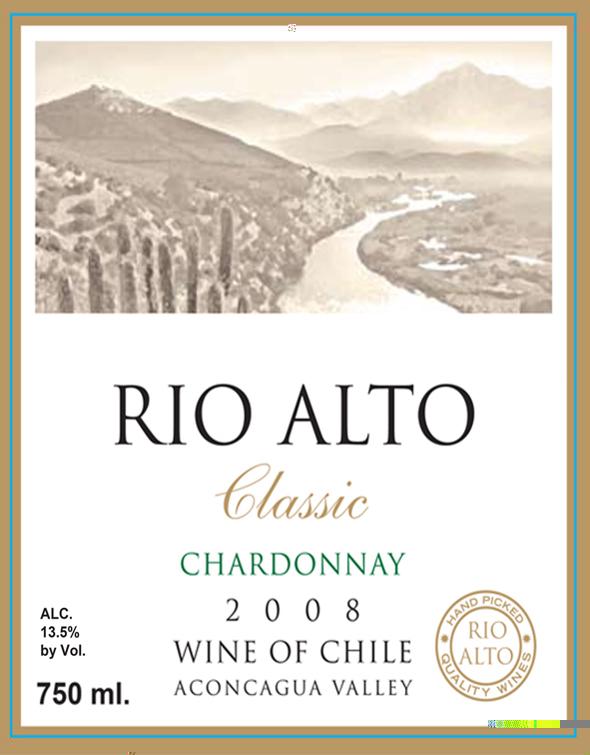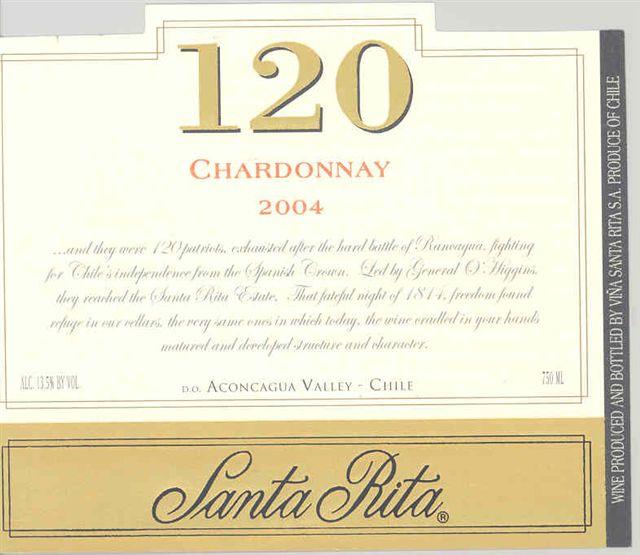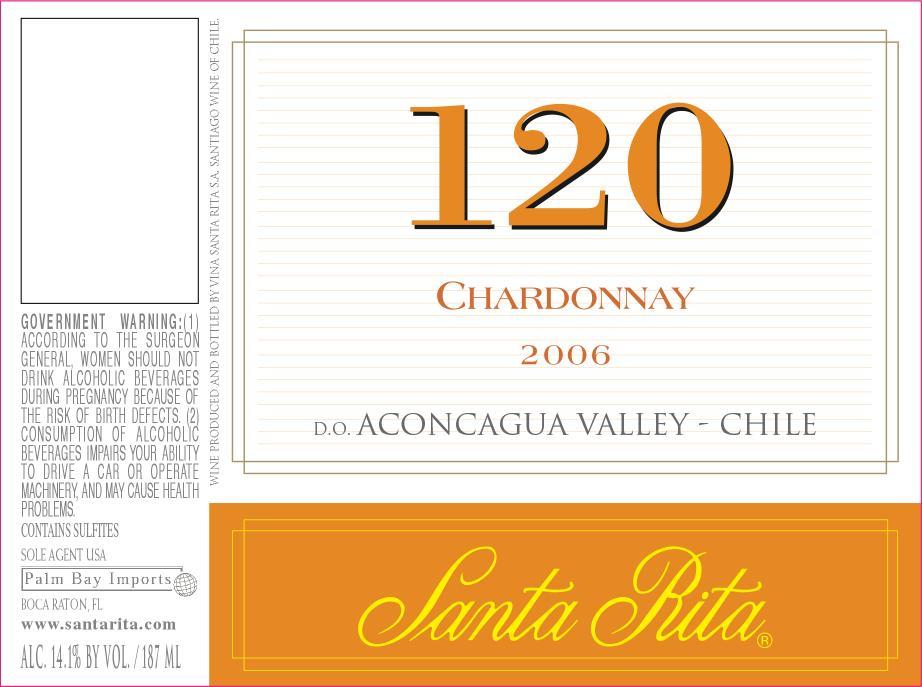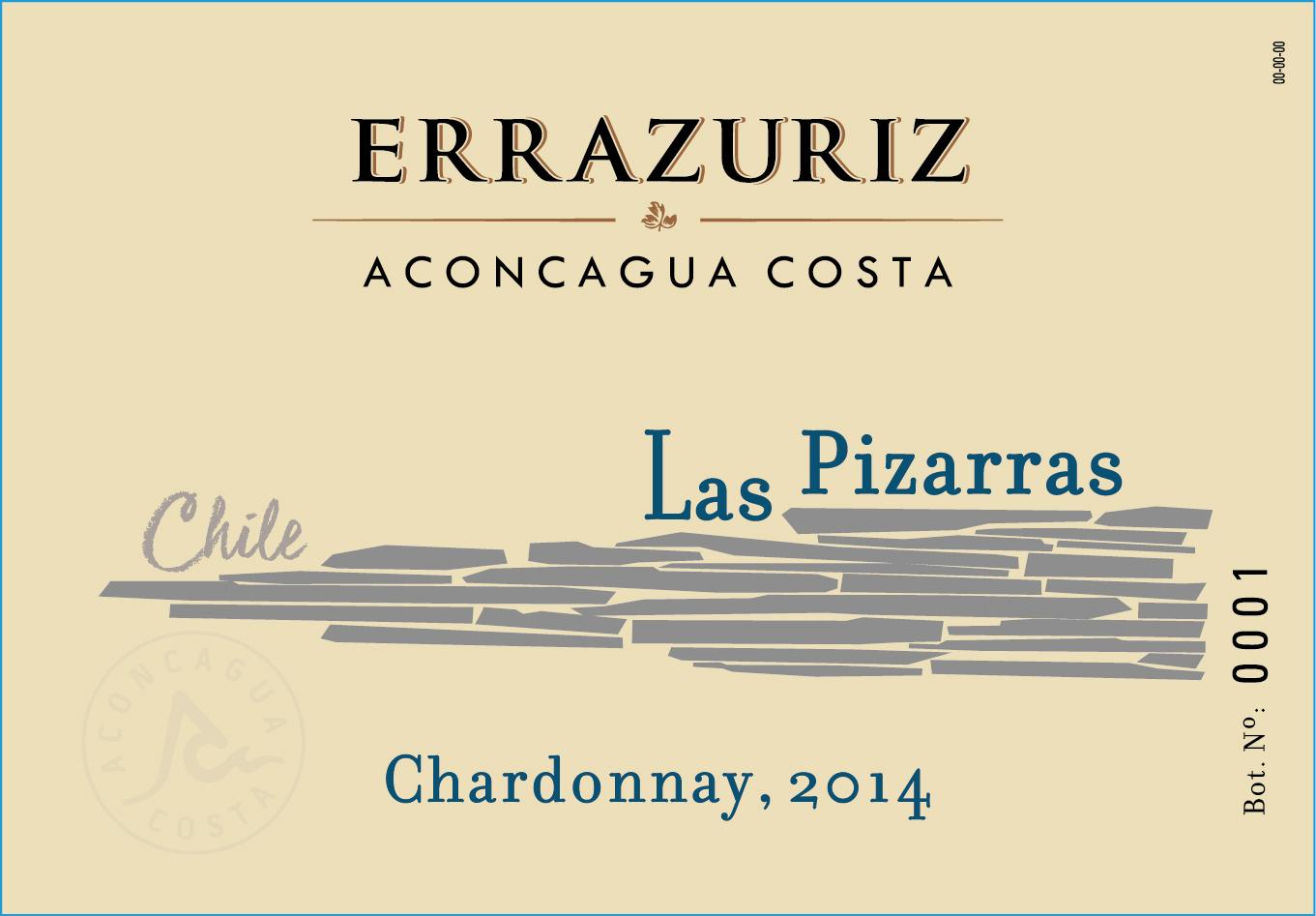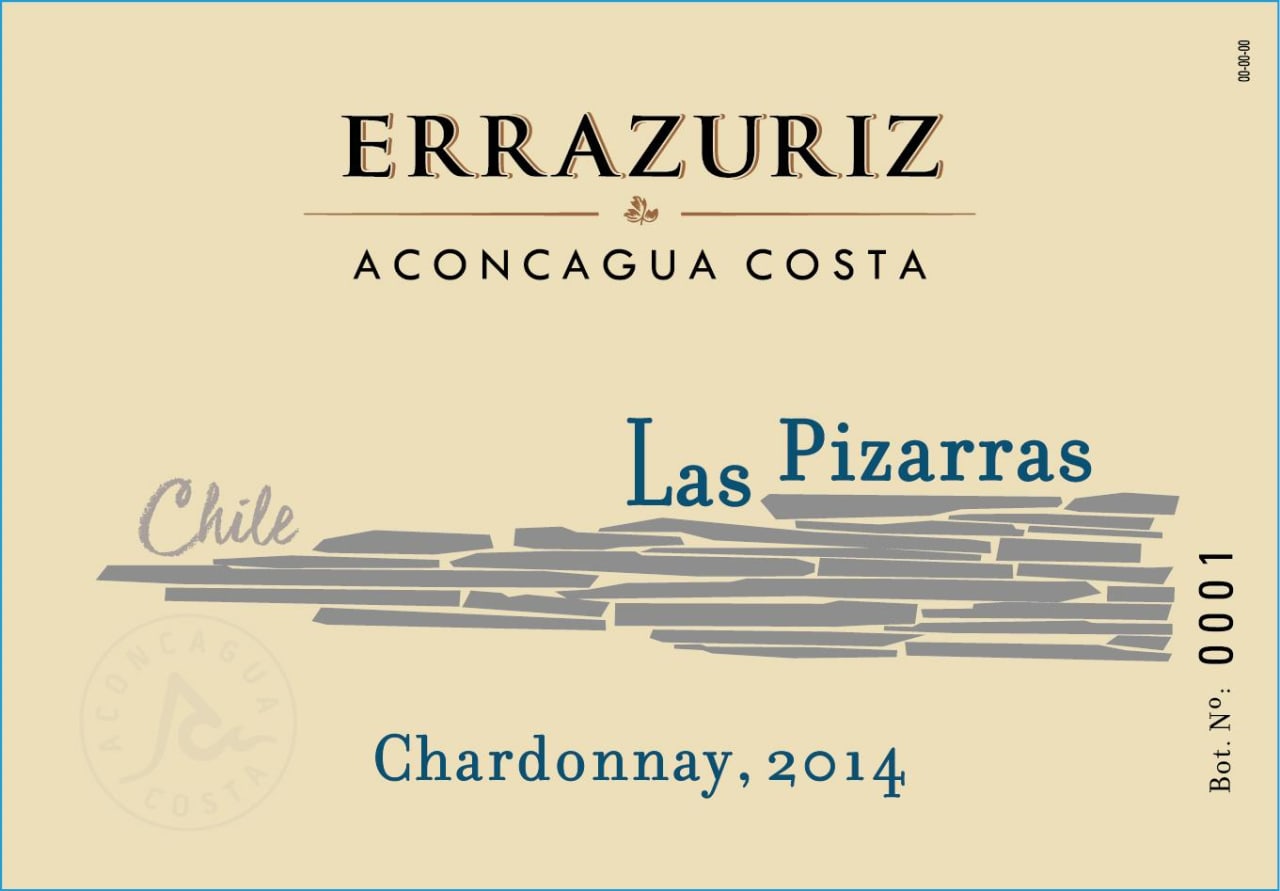Terroir of the Aconcagua Valley
The Aconcagua Valley's terroir is defined by its diverse landscapes and microclimates, spanning from low coastal areas to the Andean foothills. This unique geography provides varied sun exposure and temperature. Inland, the slopes are warmer and sun-soaked, while moving westward brings cooler conditions. The eastern regions have rocky, gravelly alluvial soils that promote excellent drainage and flavor concentration, which is ideal for robust reds like Cabernet Sauvignon and Syrah.
Conversely, the western lower areas benefit from deeper alluvial soils and the cooling effects of Pacific breezes and morning fog, creating favorable conditions for white varieties like Chardonnay and Sauvignon Blanc. The valley’s Mediterranean climate, with warm, dry summers and mild, rainy winters, ensures optimal grape ripening. Significant day-night temperature shifts help preserve acidity and reduce disease, aiding in the production of vibrant wines.
Notable Wineries in the Aconcagua Valley
The Aconcagua Valley, with its diverse microclimates and innovative viticulture, hosts several notable wineries that contribute to its reputation for quality wines. Here are some standouts:
-
Viña Errázuriz: Established in 1870 by Don Maximiano Errázuriz, this iconic winery has been crucial in showcasing the valley's potential. Their acclaimed blends, primarily Cabernet-based, thrive on hillside vineyards.
-
Other producers: The valley also boasts a variety of small and mid-sized wineries. These producers, spread from the inland foothills to cooler western areas, focus on sustainable farming and express the unique characteristics of their sites. They craft varieties like Cabernet Sauvignon, Syrah, Chardonnay, and Sauvignon Blanc.
Sustainable Winemaking in the Aconcagua Valley
The Aconcagua Valley is making strides in sustainability, leveraging its unique landscapes and resources to promote eco-friendly viticulture. In this region, water management is crucial due to its dry climate. Vineyards utilize drip irrigation systems fed by Andean snowmelt to optimize water usage. Cover crops are common, enhancing soil health and preventing erosion.
Many growers adopt integrated pest management, reducing chemical reliance and embracing organic and biodynamic methods. Participation in national sustainability programs is increasing, with a focus on reducing carbon emissions. Wineries are transitioning to renewable energy, recycling wastewater, and using lighter or recycled packaging. These practices ensure that the Aconcagua Valley not only produces high-quality wines but also protects its environment for future generations.
Wine Tourism in the Aconcagua Valley
Aconcagua Valley offers a rich tapestry of wine tourism experiences, blending viticulture with the stunning Andean backdrop. Many wineries open their doors for guided tastings and cellar tours, often by appointment, allowing visitors to sample exquisite wines like Cabernet Sauvignon and Syrah. These tastings, set amidst picturesque vineyards, often feature local culinary delights, showcasing the region's bounty.
Visitors can enhance their experience by exploring scenic routes and attending lively harvest festivals, where regional wines meet local specialties such as cheeses and olives. The valley’s hospitality is further enriched by boutique hotels and charming lodges, providing comfortable accommodations for extended stays. Some wineries even offer vineyard picnics or overnight packages, making the Aconcagua Valley a perfect destination for wine enthusiasts seeking both relaxation and adventure.
